Filter by
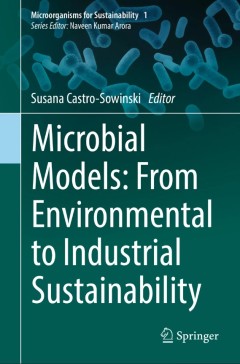
Microbial Models: From Environmental to Industrial Sustainability
This book describes selected microbial genera from the perspective of their environmentally and commercially sustainable use. By focusing on their physiology and metabolism and combining historical information with the latest developments, it presents a multidisciplinary portrait of microbial sustainability. The chapters provide readers descriptions of each genus in the form of microbial model…
- Edition
- 1
- ISBN/ISSN
- -
- Collation
- -
- Series Title
- -
- Call Number
- -
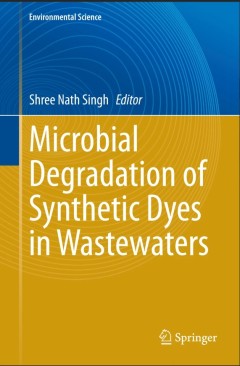
Microbial Degradation of Synthetic Dyes in Wastewaters
Today synthetic dyes are used extensively in the textile dyeing, paper printing, color photography, pharmaceuticals, food and drink, cosmetic and leather industries. As of now, over 100,000 different dyes are available, with an annual production of over 700,000 metric tons. These industries discharge an enormous amount of colored effluents into natural water bodies, with or without treatment. T…
- Edition
- 1
- ISBN/ISSN
- 978-3-319-10941-1
- Collation
- XIV, 367
- Series Title
- Environmental Science and Engineering
- Call Number
- -
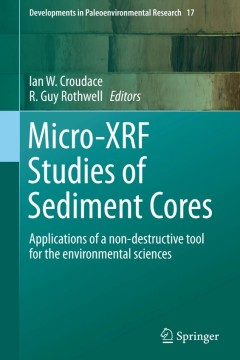
Micro-XRF Studies of Sediment Cores
This volume presents papers on the use of micro-XRF core scanners in palaeoenvironmental research. It contains a broad ranging view of instrument capability and points to future developments that will help contribute to higher precision elemental data and faster core analysis. Readers will find a diverse range of research by leading experts that have used micro-XRF core scanners in a wide range…
- Edition
- 1
- ISBN/ISSN
- 978-94-017-9848-8
- Collation
- XXXIX, 656
- Series Title
- Developments in Paleoenvironmental Research
- Call Number
- -
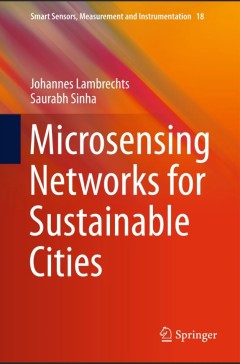
Microsensing Networks for Sustainable Cities
This book explores the microsensing technologies and systems now available to monitor the quality of air and water within the urban environment and examines their role in the creation of sustainable cities against the background of the challenges posed by rapid urbanization. The opening section addresses the theoretical and conceptual background of microsensing networks. The coverage includes d…
- Edition
- 1
- ISBN/ISSN
- 978-3-319-28357-9
- Collation
- XIV, 339
- Series Title
- Smart Sensors, Measurement and Instrumentation
- Call Number
- -
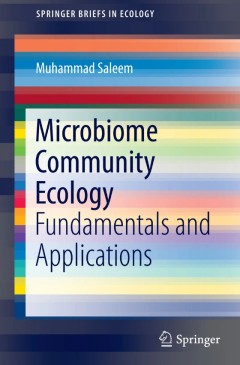
Microbiome Community Ecology
This book reviews the mechanisms, patterns, and processes that regulate prokaryotic diversity through different habitats in the context of evolutionary and ecological hypotheses, principles, and theories. Despite the tremendous role of prokaryotic diversity in the function of the global ecosystem, it remains understudied in comparison to the rest of biological diversity. In this book, the autho…
- Edition
- 1
- ISBN/ISSN
- 978-3-319-11664-8
- Collation
- VIII, 152
- Series Title
- SpringerBriefs in Ecology
- Call Number
- -

Fault Detection and Fault-Tolerant Control for Nonlinear Systems
Linlin Li addresses the analysis and design issues of observer-based FD and FTC for nonlinear systems. The author analyses the existence conditions for the nonlinear observer-based FD systems to gain a deeper insight into the construction of FD systems. Aided by the T-S fuzzy technique, she recommends different design schemes, among them the L_inf/L_2 type of FD systems. The derived FD and FTC …
- Edition
- -
- ISBN/ISSN
- 978-3-658-13020-6
- Collation
- XIX, 179
- Series Title
- -
- Call Number
- -
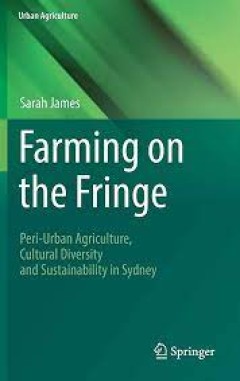
Farming on the Fringe Peri-Urban Agriculture, Cultural Diversity and Sustain…
This volume offers a new perspective to debates on local food and urban sustainability presenting the long silenced voices of the small-scale farmers from the productive green fringe of Sydney’s sprawling urban jungle. Providing fresh food for the city and local employment, these culturally and linguistically diverse farmers contribute not only to Sydney’s globalizing demographic and cultur…
- Edition
- -
- ISBN/ISSN
- 978-3-319-32235-3
- Collation
- XI, 197
- Series Title
- -
- Call Number
- -

Family Farming and the Worlds to Come
What is family farming? How can it help meet the challenges confronting the world? How can it contribute to a sustainable and more equitable development? Not only is family farming the predominant form of agriculture around the world, especially so in developing countries, it is also the agriculture of the future. By declaring 2014 the “International Year of Family Farming,” the United Nati…
- Edition
- -
- ISBN/ISSN
- 978-94-017-9358-2
- Collation
- X, 361
- Series Title
- -
- Call Number
- -
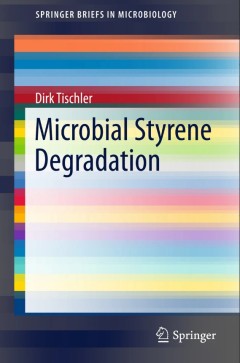
Microbial Styrene Degradation
This book describes the complex processes involved in styrene degradation by microbes, including highly adaptive microorganisms, the various enzymes involved in styrene biodegradation, new styrene-catabolic routes, novel regulatory mechanisms, and the genes coding for styrene metabolizing enzymes. Numerous biotechnological applications are discussed, such as the development of sustainable eco-f…
- Edition
- 1
- ISBN/ISSN
- 978-3-319-24860-8
- Collation
- XIV, 108
- Series Title
- SpringerBriefs in Microbiology
- Call Number
- -

Micro-Behavioral Economics of Global Warming
This book presents a foundation for studying the micro-behavioral economics of global warming. The author develops an empirical model, named the Geographically-scaled Micro econometric model of Adapting Portfolios (G-MAP) in response to climatic changes and risks. The G-MAP model is applied to observed decisions of agricultural and natural resource enterprises in Sub-Saharan Africa and South Am…
- Edition
- 1
- ISBN/ISSN
- 978-3-319-15945-4
- Collation
- IX, 102
- Series Title
- Advances in Global Change Research
- Call Number
- -
 Computer Science, Information & General Works
Computer Science, Information & General Works  Philosophy & Psychology
Philosophy & Psychology  Religion
Religion  Social Sciences
Social Sciences  Language
Language  Pure Science
Pure Science  Applied Sciences
Applied Sciences  Art & Recreation
Art & Recreation  Literature
Literature  History & Geography
History & Geography